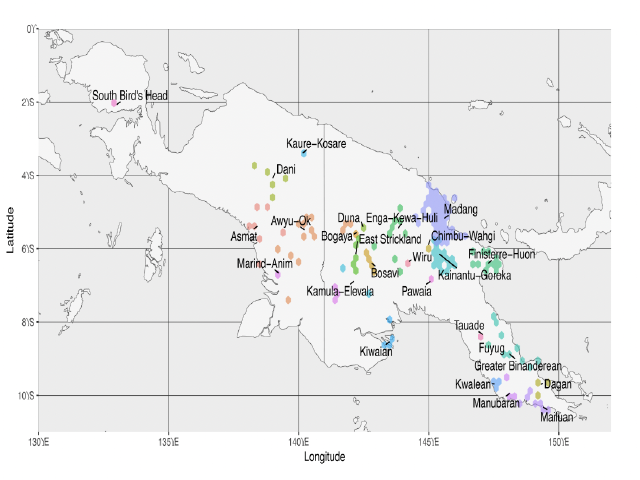Tentatively tracing Trans‐New Guinea: A phylogenetic evaluation of potential deeper relationships.

Authors:
Citation:
Details:
Published: 5 May, 2024.
Download:
Abstract:
The Trans‐New Guinea language family is one of the world’s largest language families. Strikingly it is also one of the world’s least studied. There is ongoing debate about which of many languages should be included in Trans‐New Guinea and how these relate to each other. Resolving this debate is hard due to the complexities of studying New Guinea languages, and a lack of adequate data suitable for detailed historical linguistic work. These difficulties have led to suggestions that the only way forward is to wait for low‐level descriptive 15 field‐work and detailed bottom‐up historical linguistic reconstructions. However, the wait has been long, and while some promising inroads have been made, there is still a long path to travel before we can track the relationships between these languages. In this chapter I propose a potential way forward that aims to tackle the mid‐ground between detailed low‐level work within subsets of languages, and high level top‐ down reconstructions, while avoiding the ongoing debates about the adequacy of the proto‐forms. I take 20 a fully automated computational approach to identify cognates, construct family trees, and quantify the evidence for potential higher‐level subgroupings. The results reveal some potential deeper groupings that I hope can be treated as a set of future hypotheses to be evaluated using the traditional comparative method. Overall, the combination of traditional linguistic scholarship and cutting‐edge phylogenetic methods is the best way towards a better understanding of the great linguistic puzzle that is New Guinea.